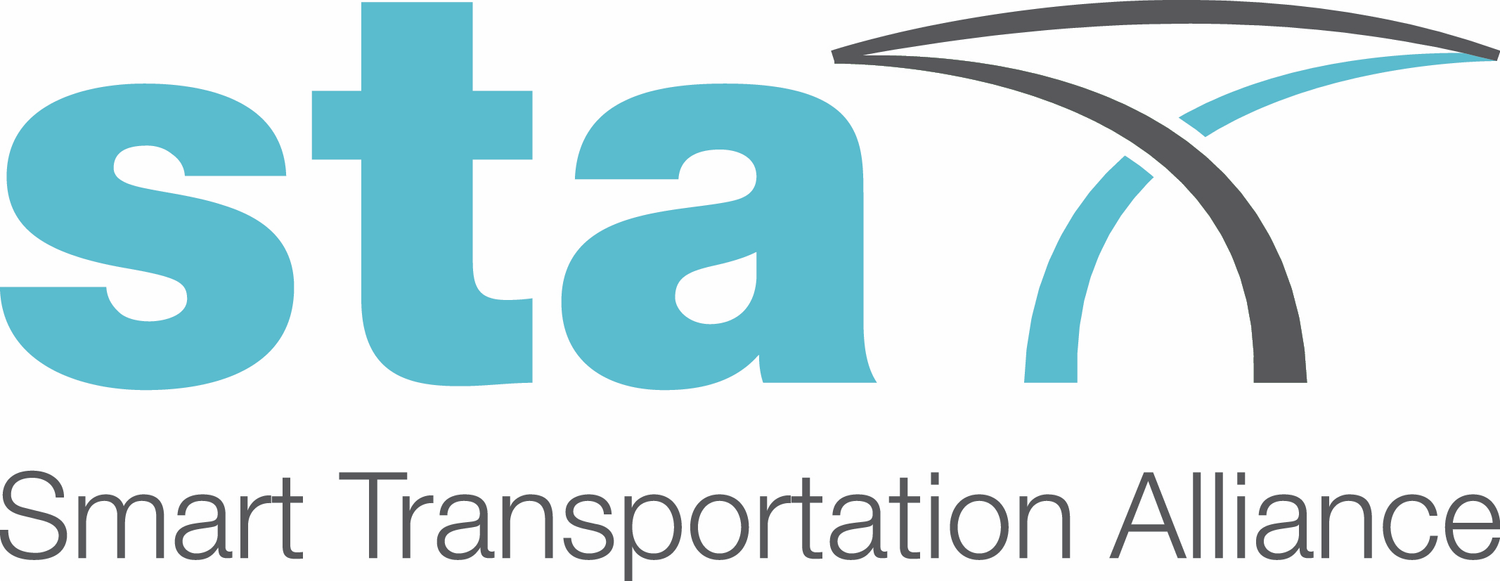STA Newsletter
Issue # May 2017
A bi-monthly online journal providing news and background about activities undertaken by STA with a view to improving the methods, technologies and standards associated to transportation infrastructures.
The Spanish Motorcyclists' Association, Asociación Mutua Motera, joins STA
22 May 2017
Founded in March 2002, Asociación Mutua Motera (AMM) is a not-for-profit advocacy organisation based in Granada (Spain), representing Spanish motorcyclists’ rights and interests. Among its activities, AMM seeks to improve road safety by promoting the implementation of norms and regulations that further take into account the risks that motorcyclist face every day on the roads. The Association is strongly engaged with national and local authorities to encourage safer infrastructures while promoting the use of motorbikes as an alternative mode of transport.
STA co-organises a Road Safety Technical Forum in collaboration with the Ministry of Transport of Cameroon (Yaoundé, 13-14 June 2017)
10 May 2017
STA organises a 2-day Road Safety Technical Forum in Yaoundé on 13 – 14 June 2017, in collaboration with the Ministry of Transport of Cameroon. The event will gather more than 70 road and mobility experts and is intended to promote the exchange of knowledge and best practice on road safety in Africa and Europe.
Europe has witnessed a major shift in road safety thanks to harmonised standards and regulations among the 28 EU member states. This approach has permitted a strong reduction in fatal accidents but has also allowed road equipment manufacturers to improve the quality of their products. Public authorities and professionals around the world need to acquire a good understanding of the equipment available and their norms, as well as the tools and know-how which will allow them to implement effective measures that will save lives.
This event will cover the three most fundamental pillars necessary for the successful implementation of road safety policies: a) Road Restraint Systems (RRS) b) horizontal signage, and c) vertical signage.
Apply for the Sustainable Multi-functional Automated Resilient Transport Infrastructures European Training Network (SMARTI ETN) until 31 May 2017
26 May 2017
The Sustainable Multi-functional Automated Resilient Transport Infrastructures European Training Network (SMARTI ETN) will bring together a stimulating platform where key stakeholders of the transport infrastructure sector will work alongside world-wide experts in smartening of systems (developers of high-tech sensors, advanced monitoring equipment, automated structures, etc.,) with direct support from the roads, railways and airports managers.
“
The transportation of the future relies on the development and operation of safe and secure transportation infrastructures.
”
NEWS OF INTEREST
Solar road surface to be tested on TRU Kamloops campus
Researchers at Thompson Rivers University are installing Canada’s first solar electric road surface in Kamloops.
Michael Mehta’s Solar Compass Project will embed 64 super-durable solar panels right outside the main doors of the university’s Arts and Education Building.
“The system will produce enough power to run 40 computers in that building, eight hours a day, 365 days a year,” said Mehta.
While the panels in their current form might not be practical for a busy road surface, they could easily be integrated into urban infrastructure as sidewalks to power street lighting or even to carry fibre-optic signals for telecommunications, said Mehta.
“We must reinvent mobility”
A lot of innovation is happening in transport right now – headlines about self-driving cars and electric vehicles abound. Are we finally on the path towards sustainable mobility?
Cramer: Billions are still invested in forms of mobility that ruin our climate. And it’s still all about cars. Without reinventing mobility we will not be able to stop climate change. A veteran German politician, former Munich mayor Hans-Jochen Vogel, said it well as early as 1972: “Cars are murdering our cities. Those who sow streets will harvest traffic”. Even if one day all cars will be electric, they will still be murdering our cities.
Enabling variable renewables and driving down emissions, with electric vehicles
At a media frenzied event last March, electric car manufacturer, Tesla, unveiled its Model 3. Priced to compete with conventional fossil-fuelled vehicles, it attracted over 325,000 reservations within a week. The hype built around this vehicle, and several other fast and slick electric cars, is but a symptom of a much larger and growing movement across the motor vehicle industry, to cut the transport sector’s oil addiction and switch to electric power.
Are Drones the Future of Freight Transport?
The Fourth Industrial Revolution seems well upon us, especially after the announcement of Hyperloop, but a new form of freight transport and a possible threat to both ocean and air carriers has made itself known in the form of a company specialising in large amphibious aircraft drones.
Natilus, founded by a group of aircraft designers and military drone specialists in 2014, is planning to introduce a more cost effective way to transport goods worldwide and has shared its plans with Port Technology.
It has set its sights on taking the “sweet-spot” in the international freight market between sea and air and aims to have its 30 foot 'Nemo' prototype (pictured below) flying by the end of the year.







